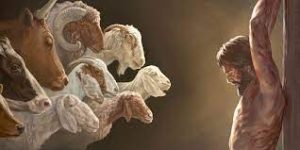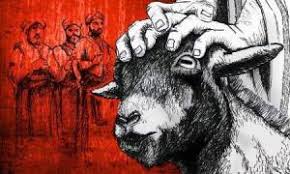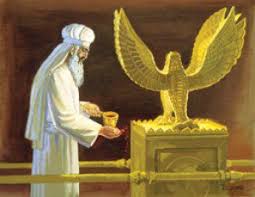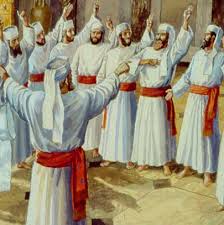Bw – The Results of Messiah’s Sacrifice 9: 13-28
The Results of Messiah’s Sacrifice
9: 13-28
For there is one God and one mediator between God and mankind, the man Christ Jesus (First Tim 2:5). When this verse is understood the whole system of the Roman Church falls to the ground, for it invalidates the papacy, the priesthood and all Mary worship.
Other verses that teach the same thing are: John 14:6; Acts 4:12; Hebrews 9:15; First John 2:1; Romans 8:34 and Hebrews 7:25. Thus Christ, because He is both God and man, is the only Savior, the only Mediator, the only way to God. Not one word is said about Mary, or a pope, or the priests, or the saints as mediators. Yet Romanism teaches that there are many mediators, and the great majority of Roman Catholics, if asked, would say that their primary approach to God is through the Virgin Mary, and that only as she begs for them can they enter the presence of God.
The priests detract from the glory of Christ when they teach that Mary is a mediator. The priests have no right to place her in such an unscriptural position. Mary is presented in Scripture as a handmaiden of the Lord who fulfilled her ministry just as John the Baptist and others did, but whose work has long since ceased. The great antithesis is not between Eve and Mary, as Rome teaches, but between Adam and Christ (Romans 5:12-21; First Corinthians 15:21-22, 45-47). Roman tradition has so altered the picture of Mary that the Mary found in the New Covenant and the Mary found in the Roman Catholic Church are two different and conflicting persons. Fair-minded Roman Catholics knows that their church gives first place to Mary and that Christ is kept in the background.
The reason that Mary, the saints or angels cannot act as our priest or mediator is because they have no sacrifice, nothing to offer in behalf of our sins. Only a Priest with a true sacrifice can serve as mediator between God and man. Christ alone has a true sacrifice, and He alone can act as our Priest.232









